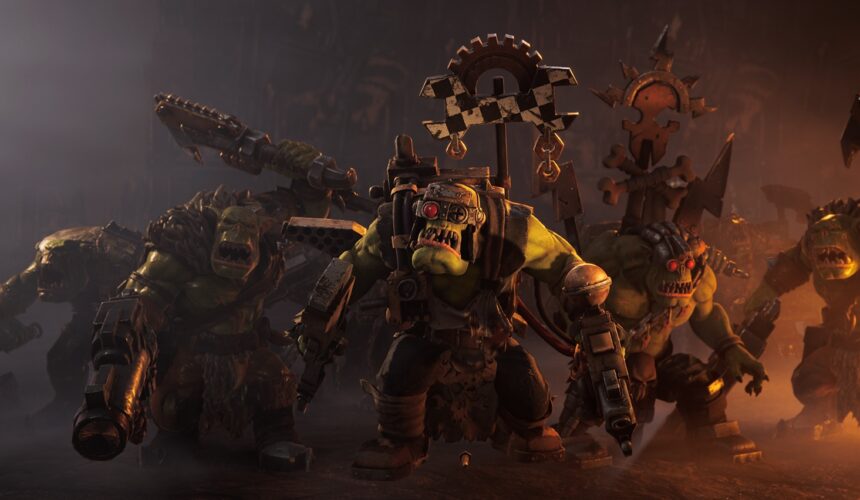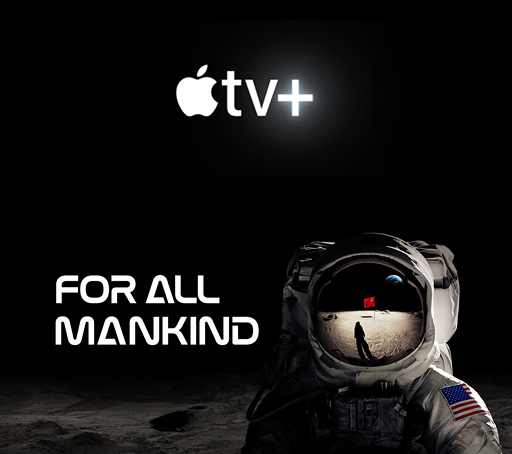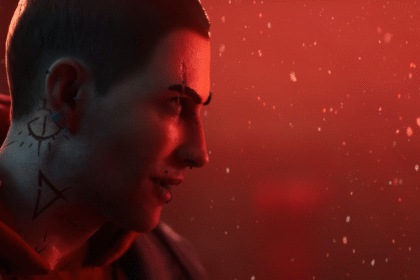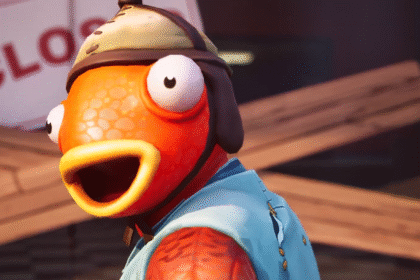Dawn of War 4’s inception goes all the way back to 2018, only a year after the arrival of Dawn of War 3. King Art Games had just launched the Kickstarter for Iron Harvest, an alt-history WWI with mechs and bears.
As soon as King Art started to show off Iron Harvest, Dawn of War developer Relic kept coming up. This new RTS had a lot in common with the veteran studio’s games, and as one of the few major developers trying to keep the genre alive, a new studio with similar priorities was an exciting prospect.
“Yeah, there were definitely a lot of comparisons to Company of Heroes, and Dawn of War 2 in particular was something that we got a lot of comparisons to,” senior game designer Elliott Verbiest recalls. “And I think there’s definitely a good chunk of that DNA, or that inspiration, that we took from that when we were making Iron Harvest.”
But King Art was also driven by the feedback it got from its nascent community. During the Kickstarter, as it asked RTS players what they wanted to see more of, and the studio started to see a trend.
“We were in very close contact with our community and with the RTS community in general,” says Verbiest. “And one thing that we consistently saw coming back as feedback was, ‘OK, we really enjoy Iron Harvest for what it is, but could we perhaps get larger armies or more base building?’ Well, that didn’t really work for Iron Harvest at the time, because that just wasn’t the type of game that we were building. But it did get the cogs moving, and got us thinking about what we would do for another RTS in the future.”
It was fortuitous, then, that Games Workshop had taken notice.
Because it was a Kickstarter, King Art was “very open about the production,” says creative director and game director Jan Theysen, “and we released a lot of updates and showed behind the scenes material and our technology and what we can do. Someone at Games Workshop must have seen that. Out of the blue, they asked us, if we would do Dawn of War 4, what would we do?
“We came up with a concept, did a presentation, and I assume they asked a lot of other developers as well. We didn’t really expect that anything would come from it. Then we released Iron Harvest, it was well received, and while we were working on the add on, Games Workshop asked us to talk a little bit more [about Dawn of War 4].”
King Art spoke with its publisher from Iron Harvest, Deep Silver, and suggested it would be a good combination. “And then the three of us came together, and it worked out. Miraculously.”
Something that felt more like a direct sequel to the first Dawn of War ultimately ended up making the most sense, given all the feedback from Iron Harvest. People wanted a classic-style RTS, and one of the things that ensured Dawn of War’s longevity was the way Relic threaded the needle, finding that sweet spot between innovation and nostalgia.
“That was, of course, one of the big questions early on,” says Theysen. “If you think about making Dawn of War 4, then the question is, ‘OK, based on what?’ Dawn of War 1 and Dawn of War 2, both great games, obviously, but very different, right? But like Elliott said, we already knew there was a big interest in the RTS community to maybe go back a little bit more to the roots and have base building and fortifications, and economy and research, and all of that. And we also like this stuff a lot.
“So we said ‘OK, maybe Dawn of War 4 could be something like a modern interpretation, or like an evolution of the first Dawn of War.’ And then we analysed Dawn of War 1 a lot and thought about what made the game tick, and why does it feel how it feels?”
King Art realised it wouldn’t simply be able to grab features from the first game and cram them inside a new one. “It is 20 years old,” says Theysen. “And you are not really competing with the game as it is, but the game as people have it in their mind. The memory of the game.”
Instead, King Art decided it would figure out what the essence of Dawn of War was, and focus on capturing that instead of making something that was, in terms of features, a 1:1 copy. The big battles. The ability to win said battle, but at the cost of the war. A sense of dynamism and permanence.
From my playthrough of the Dawn of War 4 skirmish King Art designed for press, it really feels like the studio might have nailed it. It’s different from the original Dawn of War, but closer to it than any game since. And what’s been changed is more additive. Only the cover system feels paired back—though not to the extent of Dawn of War 3—and even that seems like a reasonable tweak, giving the RTS a bit more forward momentum.
At the very least I’m excited to play more, and I’ll be keeping a look out for the playtests that Theysen said King Art was considering hosting in the future.
Best gaming rigs 2025
Read the full article here










